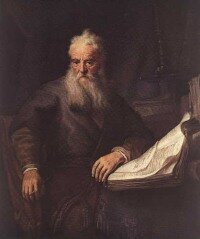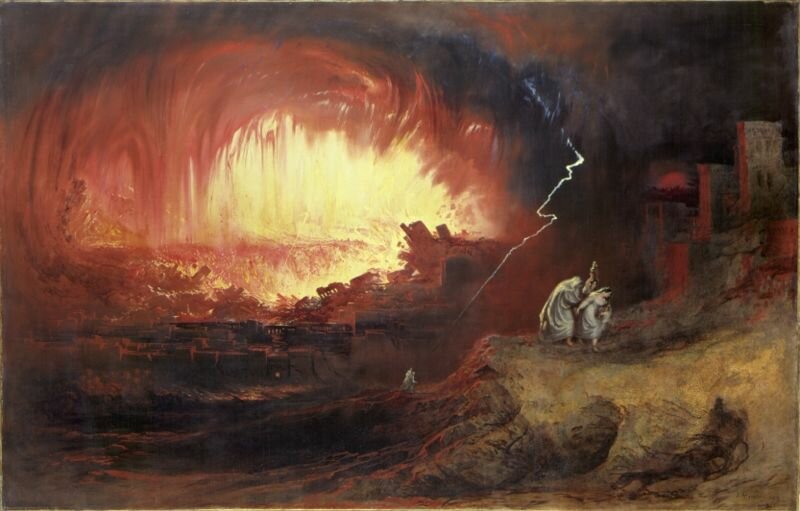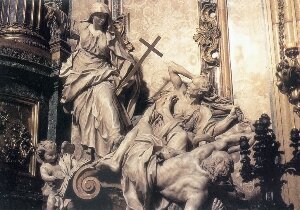
Saul, also known as Paul, Paulus, and Saint Paul the Apostle, (AD 3—67) is widely considered to be central to the early development and spread of Christianity, particularly westward from Judea. Many Christians view him as an important interpreter of the teachings of Jesus. Paul is described in the New Testament as a Hellenized Jew and Roman citizen from Tarsus (present-day Turkey), and as a persistent persecutor of early Christians, almost all of whom were Jewish, prior to his "Road to Damascus" experience, which brought about his conversion to faith in Jesus as Messiah, not only for Jews, but for all, regardless of ethnic background. Paul made the first great effort, through his Epistles to Gentile Christian communities, to show that the God of Abraham is for all people, rather than for Jews only, though he did not originate the idea, for example see Isaiah 56:6-8 or proselyte or Great Commission, or Simon Peter's vision of the sheet descending from Heaven in Acts 10:9-23a.
Paul is venerated as a Saint by all the churches that honor saints, including those of the Roman Catholic, Eastern Orthodox, and Anglican traditions, and some Lutheran sects. He is the 'patron saint' of the City of London and has also had several cities named in his honor, including Sao Paulo, Brazil and Saint Paul, Minnesota in the United States. He did much to advance Christianity among the Gentiles, and is considered to be one source (if not the primary source) of early Church doctrine, and the founder of Pauline Christianity. His epistles form a fundamental section of the New Testament. Some argue that he was instrumental in establishing Christianity as a distinct religion, rather than a sect of Judaism, as Christianity was first known.
 Jerusalem has long been embedded into the religious consciousness of the Jewish people. Jews have always studied and personalized the struggle by King David to capture Jerusalem and his desire to build the Jewish temple there, as described in the Book of Samuel and the Book of Psalms. Many of King David's yearnings about Jerusalem have been adapted into popular prayers and songs.
Jerusalem has long been embedded into the religious consciousness of the Jewish people. Jews have always studied and personalized the struggle by King David to capture Jerusalem and his desire to build the Jewish temple there, as described in the Book of Samuel and the Book of Psalms. Many of King David's yearnings about Jerusalem have been adapted into popular prayers and songs.



















